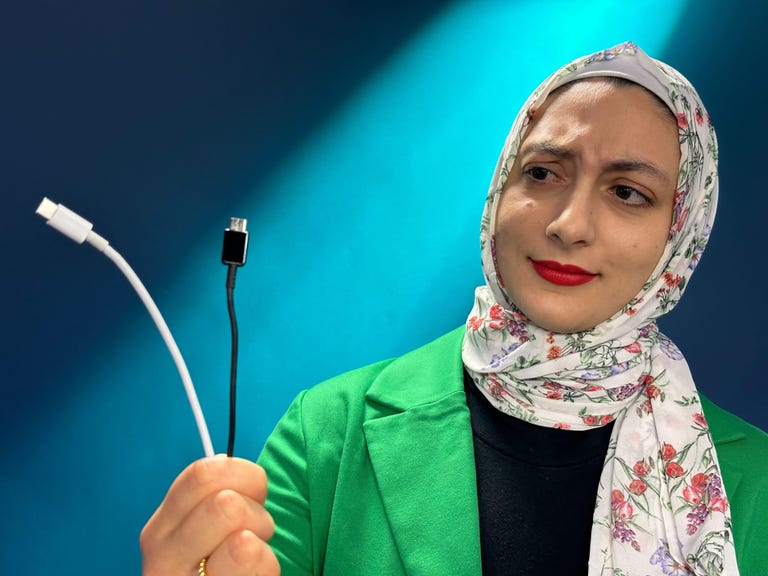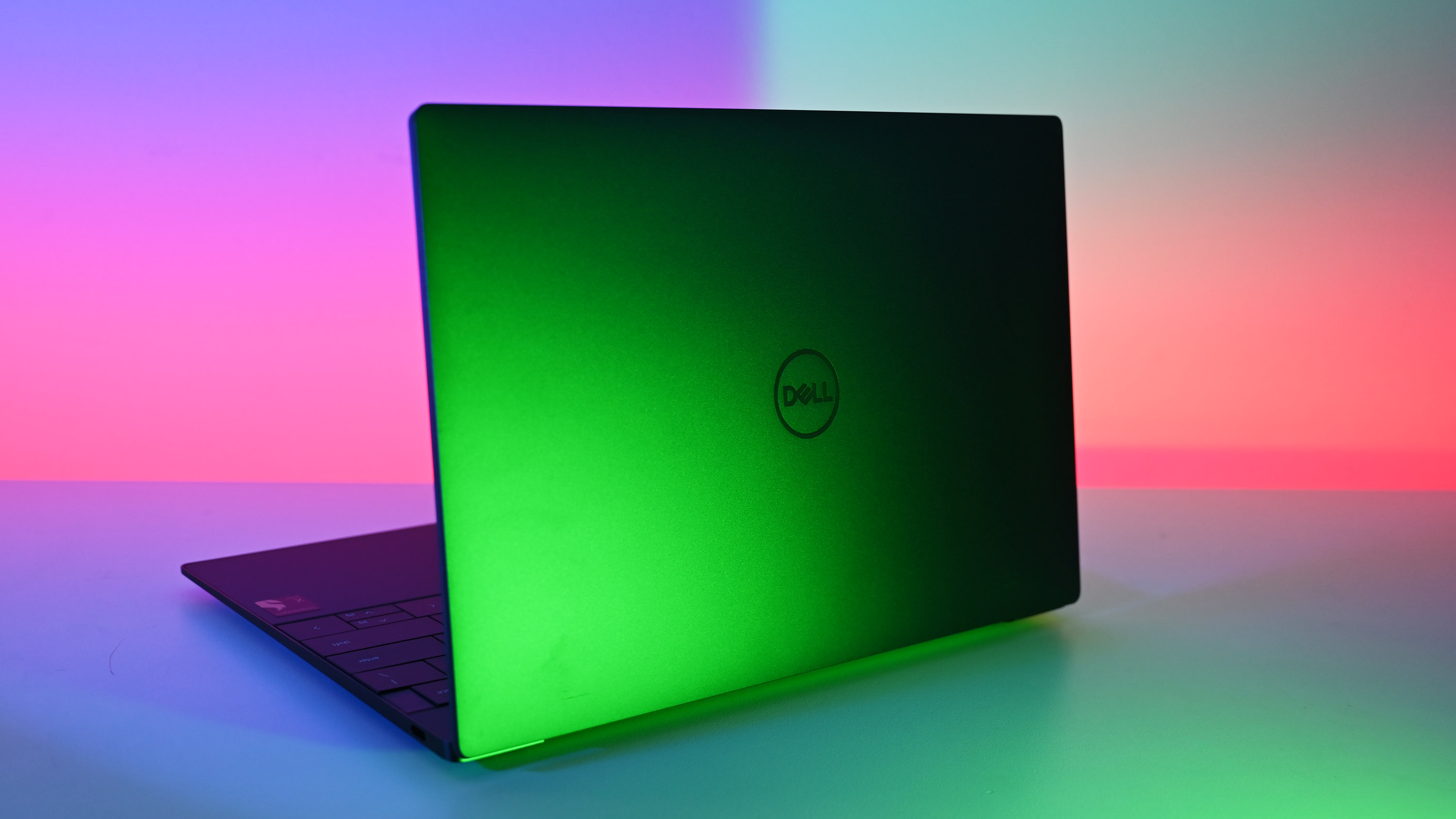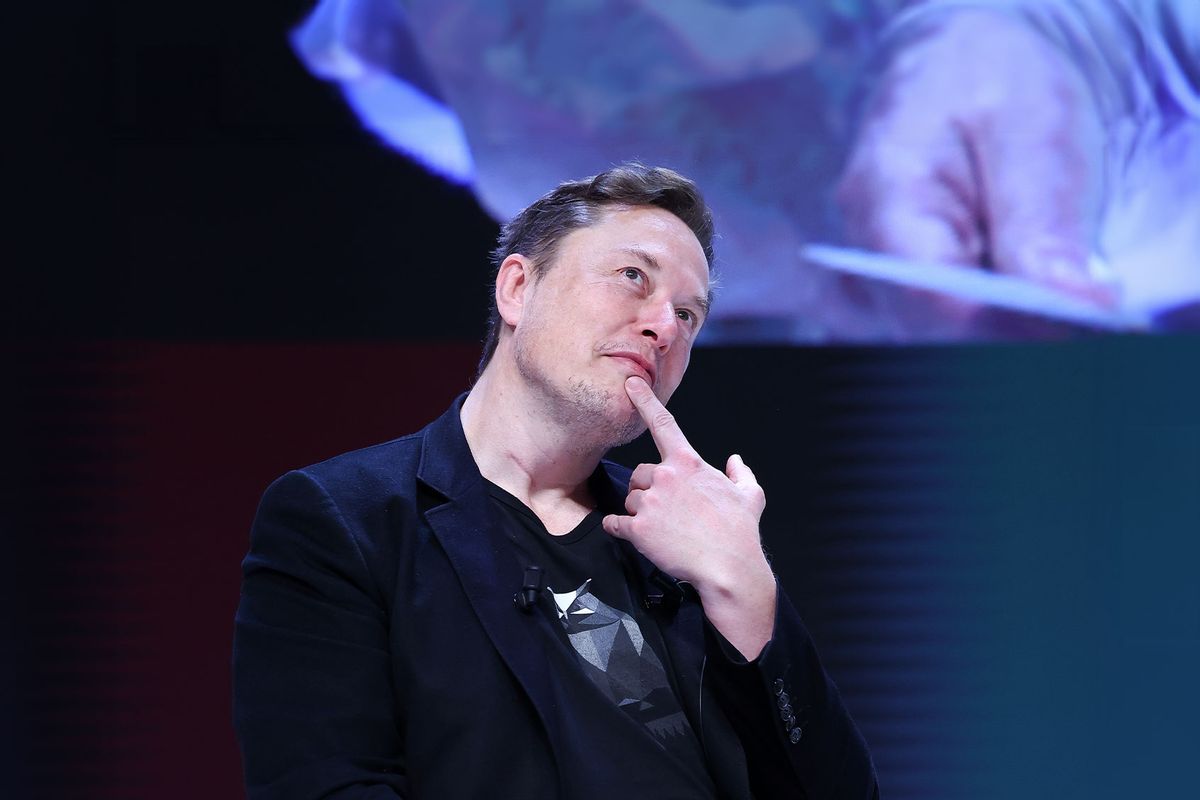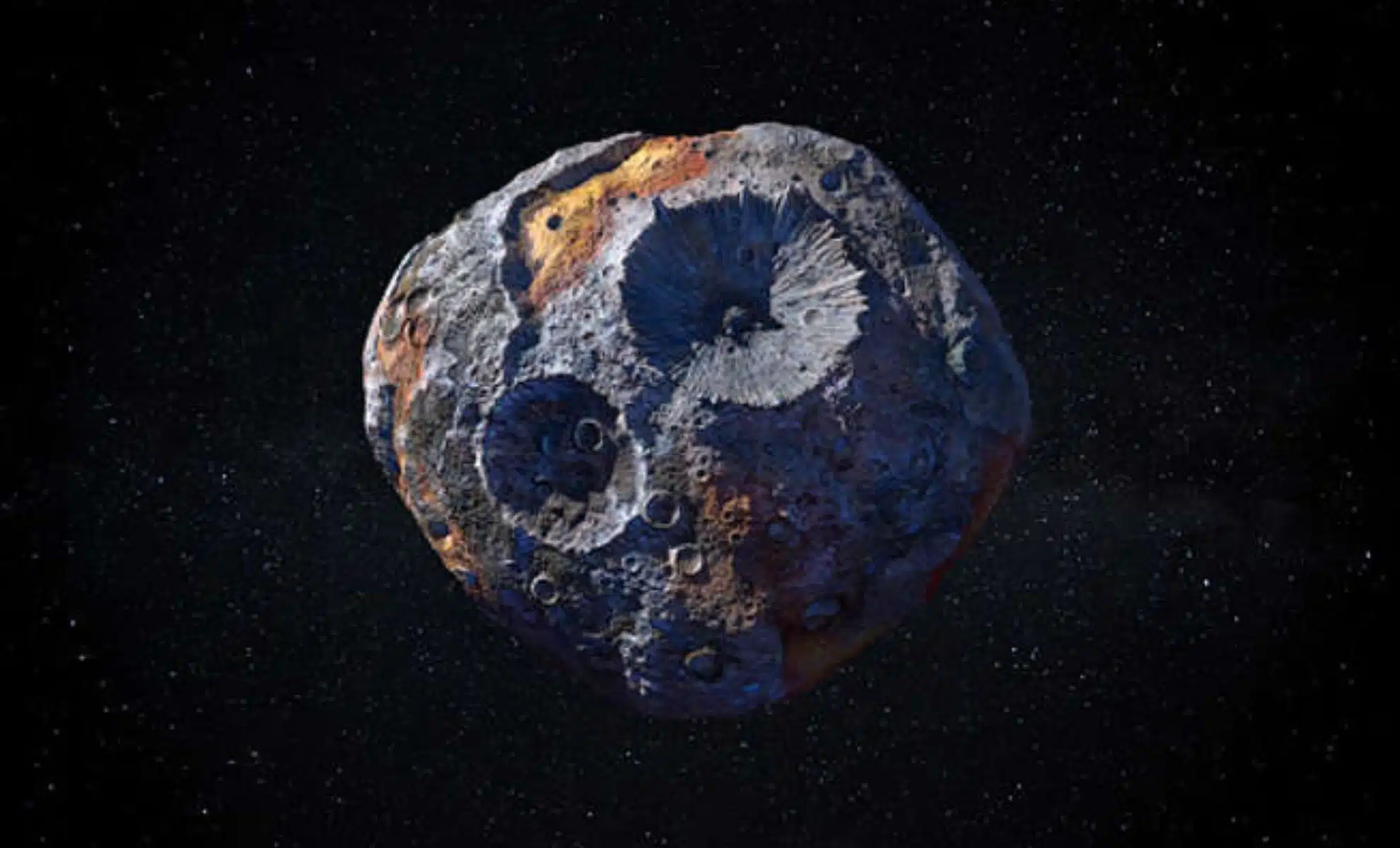USB-C is a data port and connector that I first encountered in my 2016 MacBook Pro and has since become a standard in all my devices, including the new iPhone 15 and AirPods Pro 2 headphones.
I’ve been waiting for a USB-C iPhone since Apple introduced the technology to the iPad Pro in 2018, and later, to low-end iPads in 2021. While I don’t believe regulation is the best way to drive product development, I’m not disappointed that the European Union has pressured Apple into adopting USB-C. Personally, I find it convenient to charge everything with USB-C.
However, there’s a downside to USB-C that Apple didn’t mention during its iPhone launch event. The usability and flexibility of USB-C have been hindered by confusion around its capabilities. It’s not always clear whether a device or cable supports high-speed data transfer, high-speed power, both, or neither.
As rumors predicted, the iPhone 15 will come with a USB-C port and a charging cable that is capable of delivering slow data transfer speeds of 480 megabits per second, which is the limit of the USB 2.0 standard introduced in 2000. Apple didn’t explicitly mention the speed of the USB-C port on the iPhone 15 during the launch event, but according to a well-known source, it is indeed limited to USB 2.0 speed. The iPhone 15 Pro models, on the other hand, will support USB 3 speeds of up to 10Gbps.
This confusion is a common problem in the USB ecosystem, where cost-cutting measures and lack of mandatory certification contribute to inconsistencies in performance. While USB-C offers faster and more efficient connectivity compared to the Lightning port, Apple users will have to adapt to the transition and deal with the limitations of USB-C.
Apple has not provided a comment on this matter, but the switch to USB-C brings important advantages like the convenience of using a single charging cable for multiple devices and the ability to record 4K 60fps ProRes video directly to external storage on iPhone 15 Pro phones.
Understanding USB Triple Interference
One of the challenges with USB is that it encompasses three different standards: Universal Serial Bus (USB), USB-C, and USB PD (Power Delivery).
The original USB standard, introduced in 1996, governed how devices identify themselves and transmit data. USB 2.0, launched in 2000, offered faster data transfer speeds of 480Mbps, suitable for printers and thumb drives. USB 3.0, introduced in 2008, provided even faster speeds of 5Gbps, more suitable for external hard drives. USB 4, which is the latest standard, supports speeds of 40Gbps, enabling high-performance storage systems and controllers. Additionally, USB PD controls charging at rates up to 240 watts.
USB-C, which refers to the connector design, is compatible with multiple USB standards. While older Android phones initially supported only USB 2.0 speeds, that issue has been resolved with newer models. USB 4.0 requires USB-C ports, making it the ideal choice for higher speeds.
Stephen Shankland/CNET
The issue arises when manufacturers skip the certification process provided by the USB Implementers Forum to cut costs and expedite product development. Unlike Intel’s Thunderbolt, which requires certification for faster data transfer, USB-C does not have the same requirement.
The Challenge of Low-cost USB-C cables
Many people are hesitant to spend more on USB cables, but it’s important to remember that cheaper cables may not support high-speed data transfer or high-power charging. It’s crucial to understand the specifications and certifications of the cables you purchase. USB-C cables labeled as “fast cables” may not necessarily support high-speed data transfer.
While it’s possible to encounter compatibility issues with cables claiming to support USB 4 but only offering USB 2.0 speeds, it’s important to be discerning and invest in superior cables for specific needs. Apple, for example, typically includes reliable USB-C cables with their MacBooks.
For those concerned about compatibility, Apple offers guidance on which USB-C devices work best together, despite their higher price compared to third-party products.
Transitioning from Lightning to USB-C
Similar to the switch from the 30-pin connector to Lightning, the transition to USB-C for the iPhone is not without complaints. However, USB-C is already well-established and widely adopted, making it easier to find compatible cables and devices. USB-C is present in MacBooks, iPads, Android phones, Windows laptops, gaming consoles, and various other devices.
The USB-IF (USB Implementers Forum) reassures users that the technology is maturing, and compatibility issues will eventually be resolved as the ecosystem continues to evolve.
USB-C offers greater flexibility and power, making it worthwhile for many users despite the initial challenges. Hopefully, future improvements will alleviate the pain of transitioning to USB-C.













